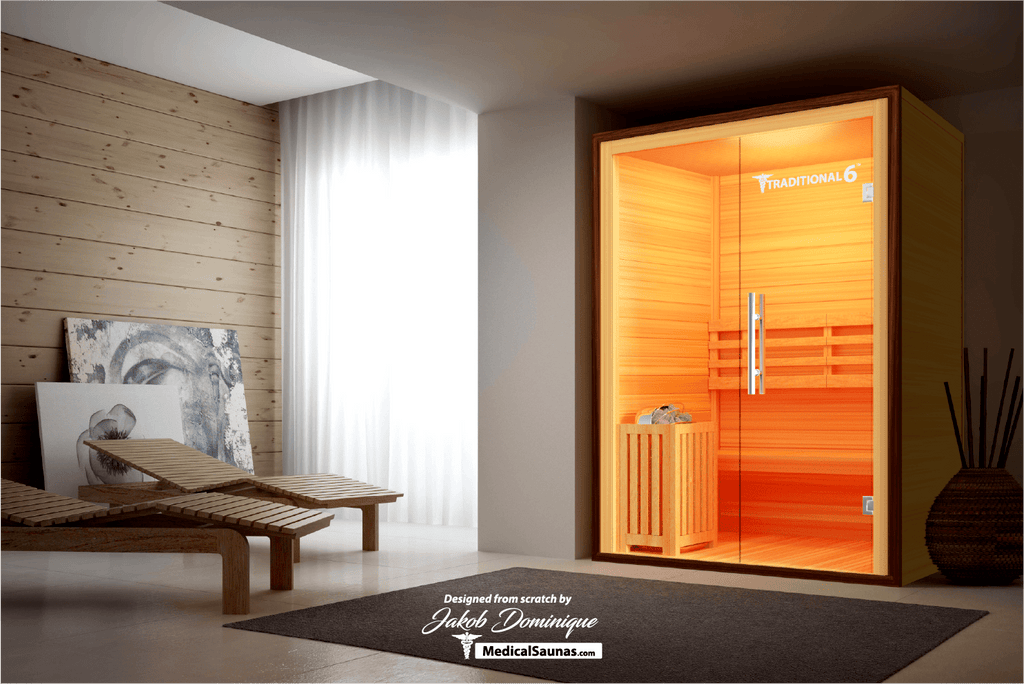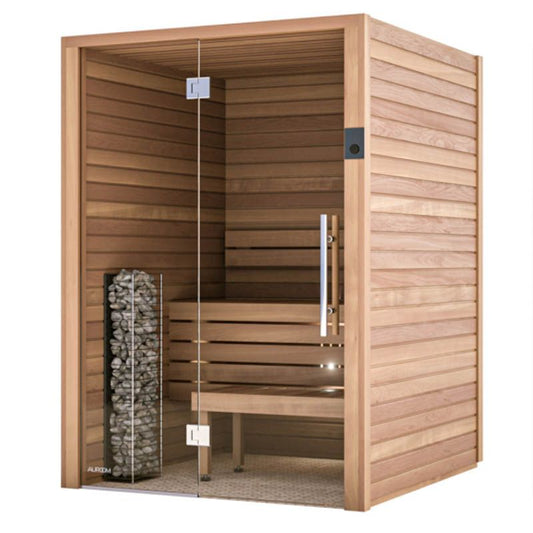The Of Traditional Sauna
The Of Traditional Sauna
Blog Article
All About Traditional Sauna
Table of Contents7 Simple Techniques For Traditional SaunaTraditional Sauna - The FactsOur Traditional Sauna IdeasThe Ultimate Guide To Traditional SaunaGet This Report about Traditional Sauna
Most of the weight shed in a sauna is water loss and is re-gained upon rehydrating. Without a doubt sauna can be an essential part of a healthy weight loss program. To take a look at the differences between traditional and IR saunas, I will certainly separate these right into verifiable, academic, and fabricated differences.Thus, the hottest factor in the saunawhich goes to the ceiling directly above the sauna heateris commonly in between 185 and 190 F. Claims that a conventional sauna goes beyond 200 F is merely not real and not suitable for electrical saunas marketed in the US. The temperature level for a far-infrared sauna is generally set in between 120 and 140 F; however, unlike the typical sauna, the objective in and IR room is not to attain a heat.
Since of this, the temperature level distinction is almost irrelevant, since profuse sweating causes both sauna kinds, yet the method of warming the body is various. In an IR sauna the bather will really feel hot and will certainly sweat profusely, yet at much lower temperatures (Traditional Sauna). Hence, if the goal is to invest longer periods of time in the sauna, the IR sauna is an excellent selection
When a conventional sauna has actually been correctly heated, the sauna wall surfaces are warm, the air temperature has actually attained set temperature level and the rocks are very heated. As an interesting side note, the heated wall surfaces and the rocks are emitting far-infrared heat, integrated with the heated air, to develop an "enveloping warmth".
The smart Trick of Traditional Sauna That Nobody is Discussing

When the high temperature level is attained, the elements cycle on and off to keep the heat. A lot of conventional sauna users appreciate putting water over the rocks to produce steam to increase sauna moisture degrees. The benefits of putting water over the rocks consist of: making the area more comfortable, dampening the nasal flows, and enabling the usage of aromatherapy by mixing crucial oils with the water.

When the energy goes into the body, it causes the body temperature level to raise and ultimately results in perspiration. In an infrared sauna it's crucial for the emitters/heaters to remain on almost constantly. Because there is no mass of rocks to preserve heat, the sauna will certainly cool down if the emitters closed off.
As pointed out above, the sauna bather in an infrared area wishes to position himself before operating emitters to obtain maximum take advantage of the warmth. The heating time for the 2 rooms can be really various, depending on how the spaces are made use of. For a traditional sauna, a bather must permit 30-40 mins for the space to accomplish a preferred temperature level and to appropriately pre-heat the rocks.
Some Known Facts About Traditional Sauna.
A well built sauna will typically achieve a temperature of 150-160 F in about 30-40 minutes. For hotter temperatures, the room might require to warmth for a longer period.

Standard saunas have a tendency to be bigger (therefore use even more check electrical energy) than infrared saunas, although traditional saunas are absolutely available in one and 2 person sizes too. For a two-person typical sauna, 5x6 or 5x7 dimension is most popular. The top bench can easily seat two or three people and is likewise enough time to relax during the sauna session.
How Traditional Sauna can Save You Time, Stress, and Money.
The ordinary expense per kWH of electrical power in the united state is about $0.11, so a 4.5 kW heater will set you back approximately $.50 to compete one hour, if the heating unit runs continuously for one hour. Usually a sauna heating system will run for 75% of the very first hour and 50% of subsequent hours on given that the aspects cycle once the established temperature is attained.

Finally, there is a seldom talked about difference in the social experience in between the two areas. While our society has actually shed some of the social benefit Homepage of the conventional sauna my site experience, it can be really socially satisfying (Traditional Sauna). From family members time in the sauna, to heart-felt discussions with better halves, to sauna partiesthe traditional sauna experience can bring about intimate mingling
Not known Details About Traditional Sauna
A lot of higher end infrared spaces consist of tinted light therapy, sound systems and full-glass fronts.
Report this page